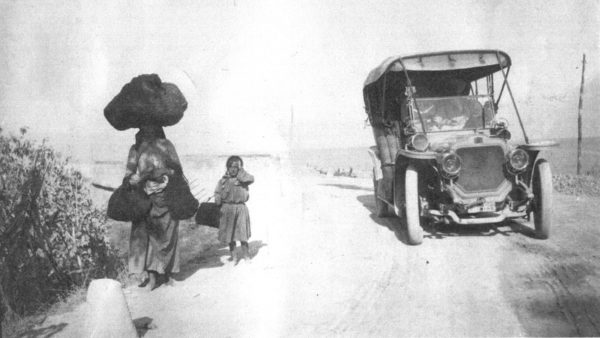
Thanks to Martin Wright, we have a fascinating story to tell of a European tour taken by one of his ancestors in 1907.
Martin inherited an album from that year; it contains photographs taken during the tour in which Martin’s great grandfather drove two US millionaire couples round Europe. Martin first contacted us because he could not identify the car used, so we naturally contacted Ariejan Bos, master identifier of all things early motoring, and he identified the car as a Clement or Clément (not to be confused with the cars built by Adolphe Clément after 1903, which were originally called Bayard). These were originally made in France, but after the split between Clément and Talbot in 1903 Clément cars continued to be built by the Clément-Gladiator concern, not only in France but in England as well.
From the wonderful photographs that we show below we can see that the Clement carried a London registration at the front (possibly LN-3253 or LN-3953). On some photos there is a French registration at the rear (293-I-4, which is Paris, June 1907 and thus matches the date of the journey). The oval plate also seen at the rear could be Belgian or maybe a German tourist registration; customs regulations normally required cars to carry a registration plate of the country in which they travelled. For example, the French registration number was regularly issued at the harbour where the car arrived, such as Le Havre or Marseilles. In this case, however it seems that the registration was requested in advance, hence the Parisian number.
Ariejan tells us more: the edged mudguards of the car are a typical English feature, so the car was probably made at the London factory. The body is a conventional double phaeton, the standard body type for touring on longer trips.
The reverse of the album contains more information about the driver and his four eminent passengers: Walter James Blythe of Liverpool (Martin’s great grandfather), Mr and Mrs J L Mead of Chicago and Mr and Mrs L C Miller of Salt Lake City.
This was apparently not the first trip made by Mr and Mrs Mead. An extract from the Los Angeles Herald in December 1905, on the Society page and under the heading for Hollywood, refers to a European trip:
“J L Mead and wife have returned from Europe, where they toured the various countries in their automobile, which was built especially for that trip.”
Martin has been able to tell us something about his great grandfather – because Martin’s mother’s cousin is 80 and remembers him. He built a motorcycle and side car in 1902, was the sixth person in Liverpool to have a driving licence and built his own kit car in 1904.
James Lucas Mead (1863-1943) founded the Mead Bicycle Company, at one time among the most famous bicycle companies in the world, with large operations in Chicago and in England. We know that James Mead married Cora Van Ness in 1894 when he was 31 and she was 18 – but most of what we know of James Mead comes from an article in a 1903 issue of Mahin’s Magazine. Written by a manager at the company, it contains a host of details and we can reproduce a few of the most fascinating ones here. Around the year 1888 James Mead arrived in Chicago and placed a tiny classified advertisement offering a few mortgages on properties from the western town where he grew up. His first trade was to sell a mortgage for a year’s board in a cheap boarding house, but his second transaction was to buy five old second-hand ‘Ordinary’ bicycles. How he sold them is a clue to the entrepreneurship of the man: with no premises, he persuaded the owner of a candy store to rent him space at the back of the shop, and his promotional trick was to chain a bicycle to a lamp post outside. Such was his success that he began to sell bicycles on commission, and soon had to find premises of his own. He formed the Mead Cycle Company in 1898. The enormous growth of his business was soundly based on extensive advertising, and when the second-hand machines he could source could not meet the demand, he was forced to buy more new bicycles – which he promoted not only in the USA but overseas. Unable to find the models his customers needed, he sent a representative to Europe to investigate foreign machines and specified them to local Chicago makers. Very soon, he was taking the entire output of some of the largest of them.
Demand from Great Britain was so great, and growing, that Mead established a permanent location in Liverpool: a 1905 article announced that the Mead Cycle Company, of Coventry and Birmingham had general offices at 35 to 39 Wapping, Liverpool. There is even some suggestion that he had his own manufacturing operation in Birmingham. Advertisements from the same period gave the Liverpool address as 85-97 Paradise Street or, more modestly, as just no. 91 on that street. It is therefore just possible that Mead asked his local English subsidiary to seek out a reliable chauffeur for the trip around Europe – and so found Walter Blythe.
Lee Charles Miller (1865-1930) was born Lee Charles Throckmorton, son of Joseph and Rachael Louisa (McDonald) Throckmorton. His mother died when Lee was one year old. He was adopted by his Aunt Angeline (McDonald) Miller and his Uncle Joseph Miller. When about seven years old, he moved with his new parents to Wichita. He attended Kansas State, and when twenty years old he became Treasurer of the S. L. Davidson Mortgage Co. in Wichita. His parents moved to Salt Lake City, and Lee, by now married to Minnie Viele, followed. He entered a partnership with his father-in-law Abram Viele, in Miller-Viele in 1896, after establishing his own farm mortgage company a few years earlier. Miller-Viele became the largest farm mortgage company in a five-state area. Minnie Viele (1870-1967) died at the grand old age of 96.
And now to the European tour. There are 27 pictures in the album; each one has a caption, which we have repeated here. Most pictures include the car, while others are simply delightful images of life in Europe in 1907.
Loading the automobile on ferry at Folkestone UK
One of the national highways of France
A country road in France
Battleships on beach at Waterloo near Liverpool
On the Bonnie Bonnie Banks of Loch Lomond
Near Boulogne, France
Thatched cottage in Scotland
Taking brown sheep to market, Southern France
A street scene in Halle, Germany
A maker of perfume, Provence, Maritime Alps, France
A German cow team and driver
“Dogana Italiana” – the Customs House between Italy and France along the Mediterranean. Monte Carlo in the distance.
German peasants harvesting grain
Along the Riviera, Italy
We lose a wheel near Baden-Baden, Germany
Pontoon bridge crossing River Po
Pounding on wheel, Germany
Peasants carrying hay, Switzerland
Women washing in Lake Como, Italy
Travelling circus, Axenstein, Switzerland
Axenstrasse, Switzerland, wonderful road along Lake Lucerne
Road over Simplon Pass, Switzerland
At the top of the Simplon Pass
Narrow road near Lake Como, Italy
Barefoot woman and girl, along the Mediterranean Sea
Distilling lavender oil near Grasse, France
Horse and trap near Monte Carlo
We are very grateful to Martin Wright for allowing us to tell this story of American enterprise, Liverpudlian skill and European adventure. Martin would be very grateful to hear from anyone who can confirm whether his great grandfather Walter James Blythe truly did have the sixth driving licence in Liverpool. And naturally he would also be delighted to find out the first owner of the Clement in these pictures. You can contact us through the Leave a Comment box below.







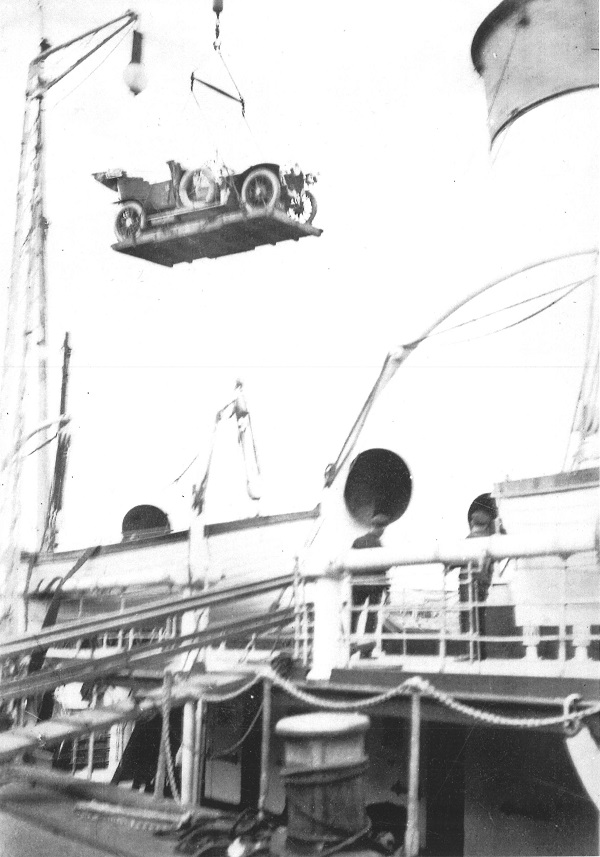
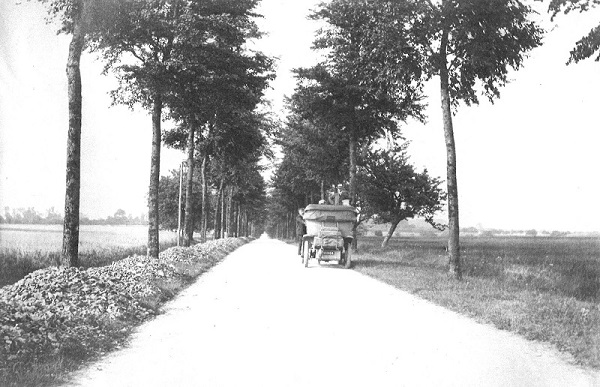
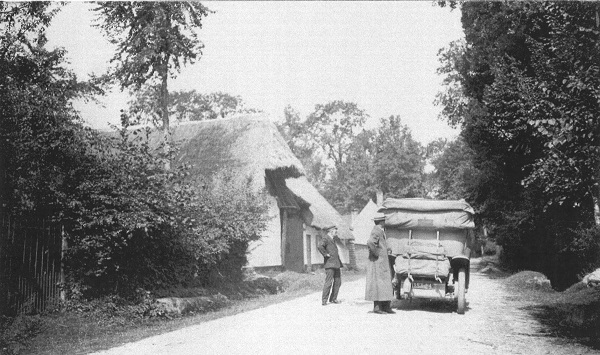
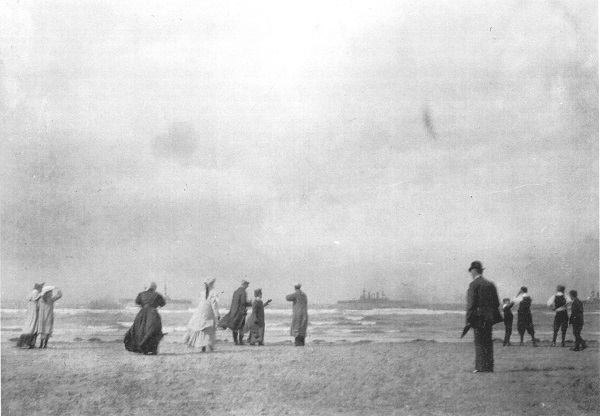
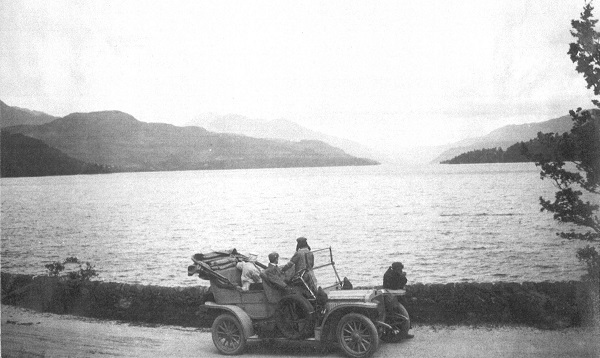

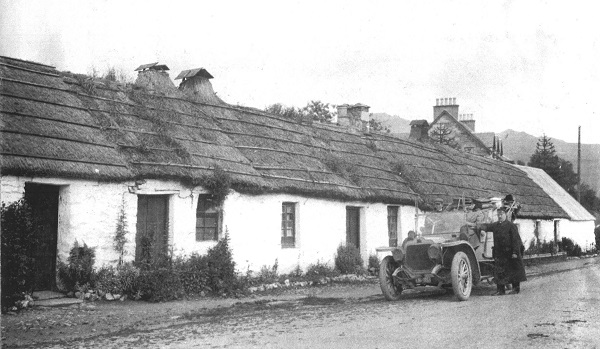
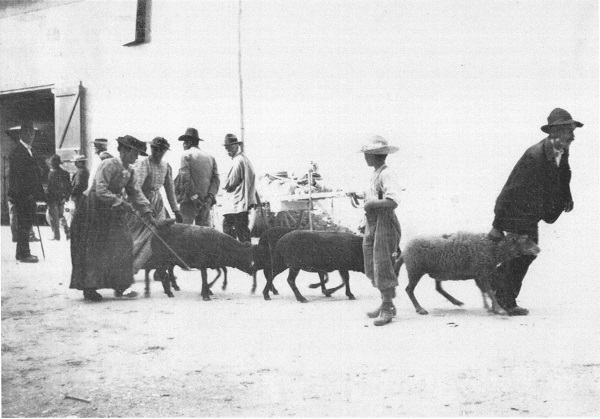
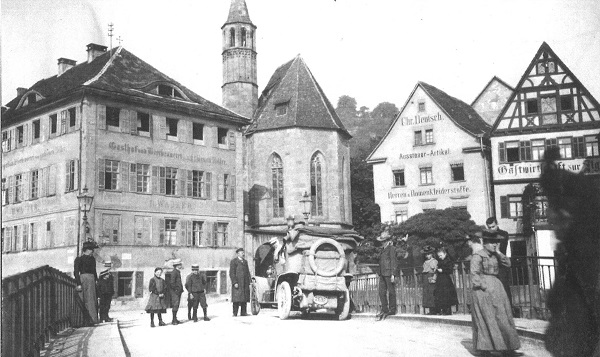
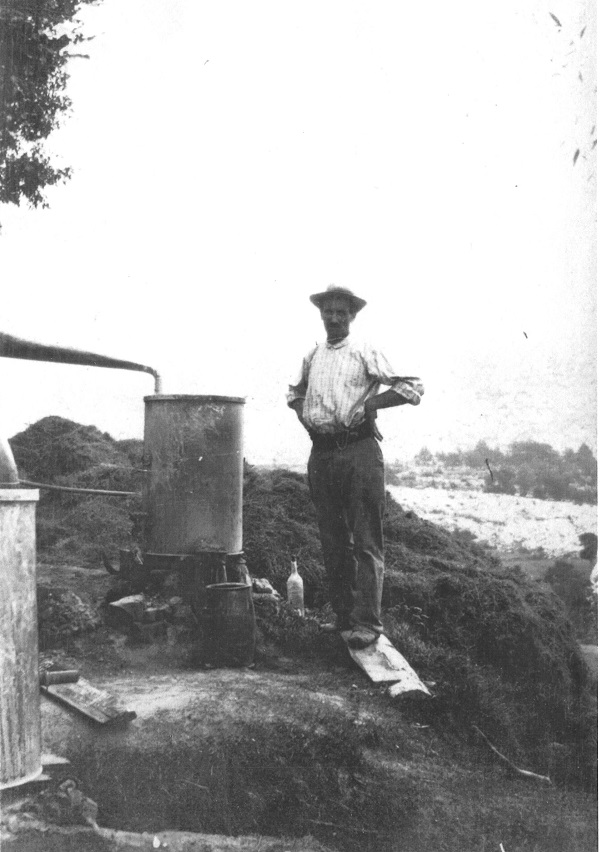

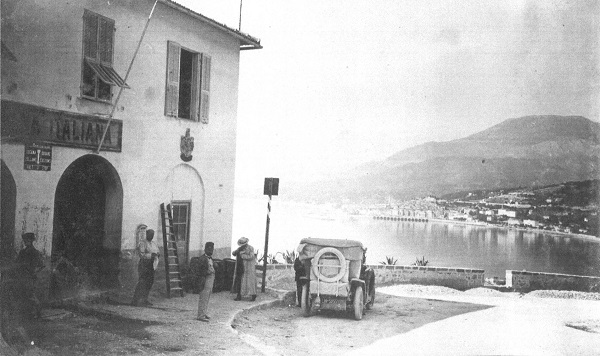
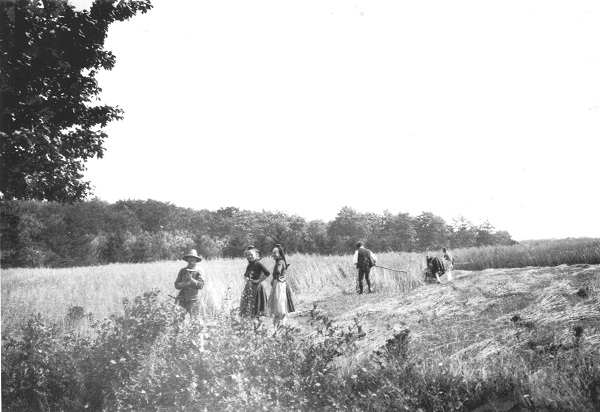
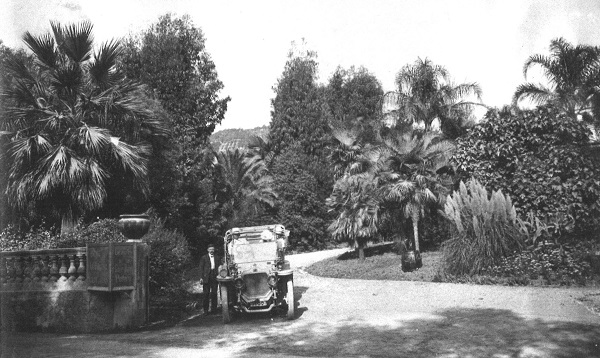
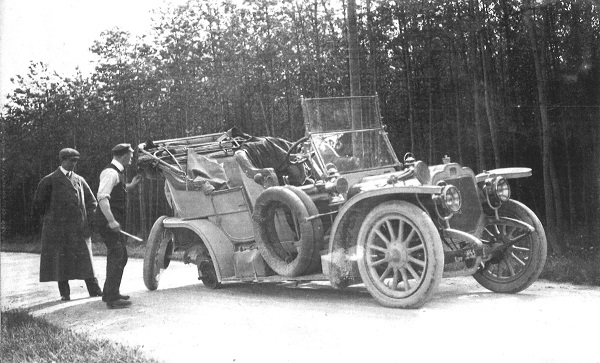
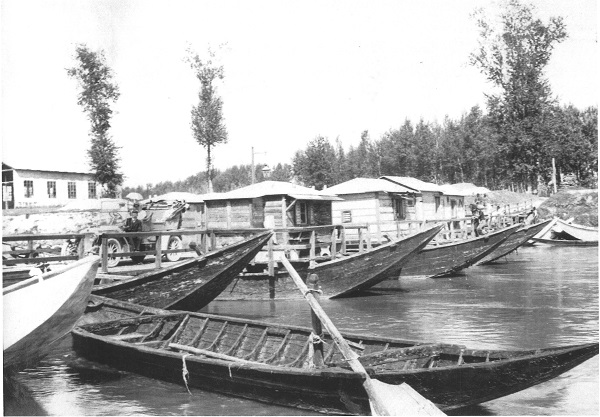

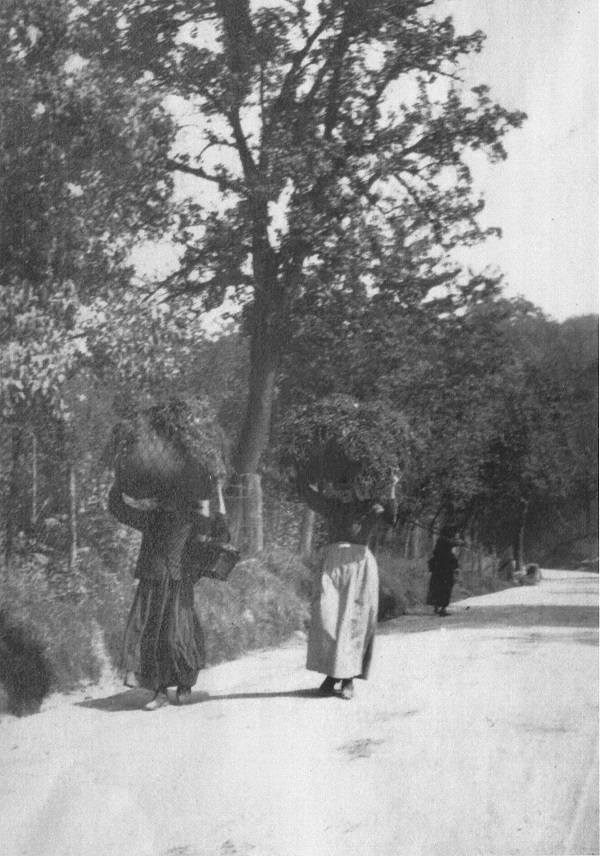
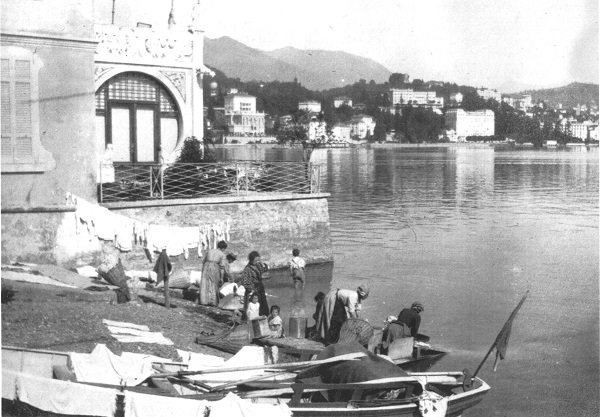
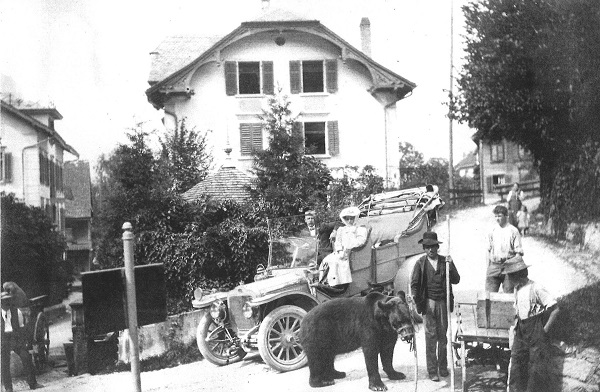
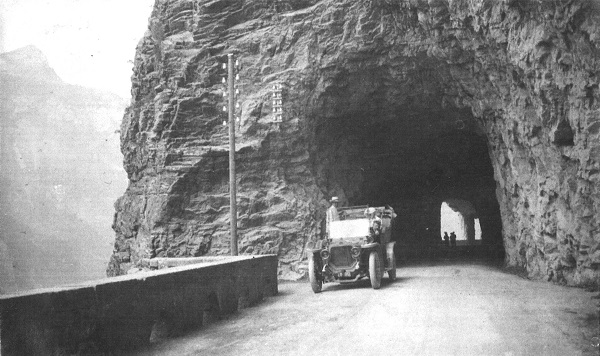
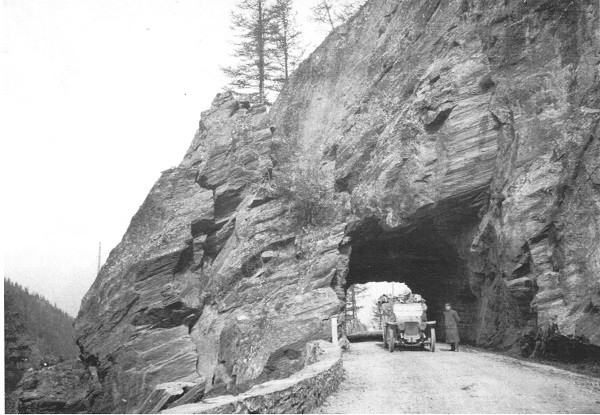

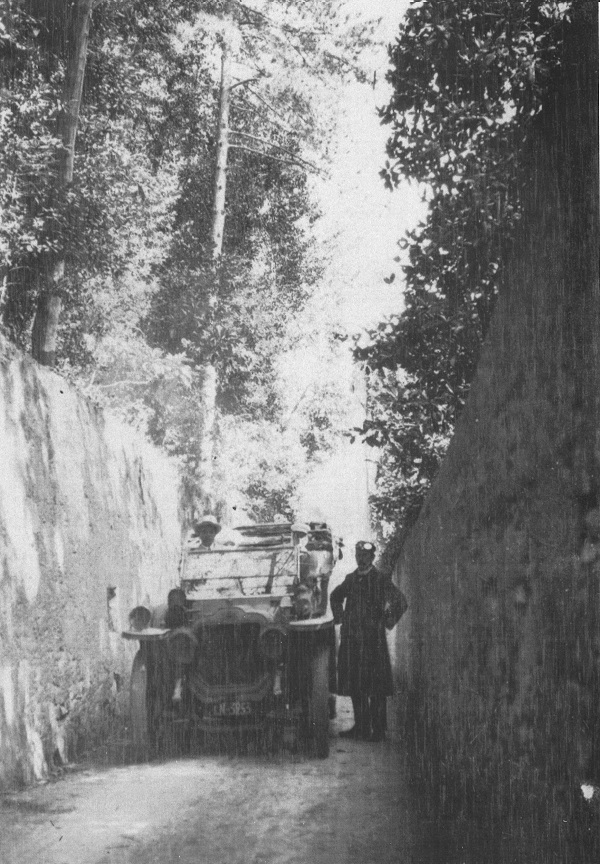
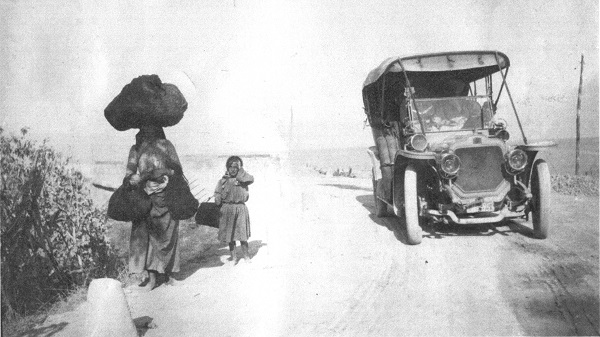
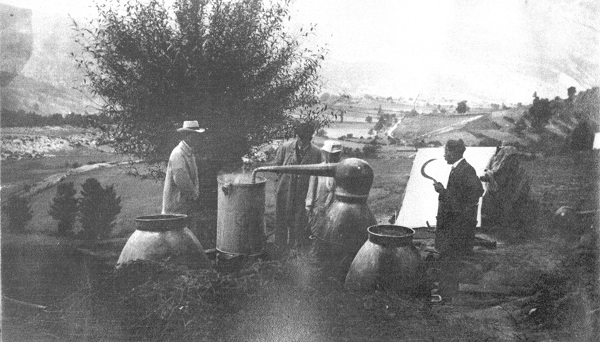
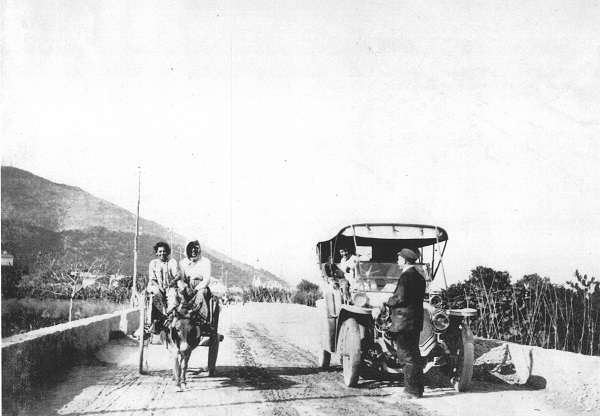
Leave a Comment